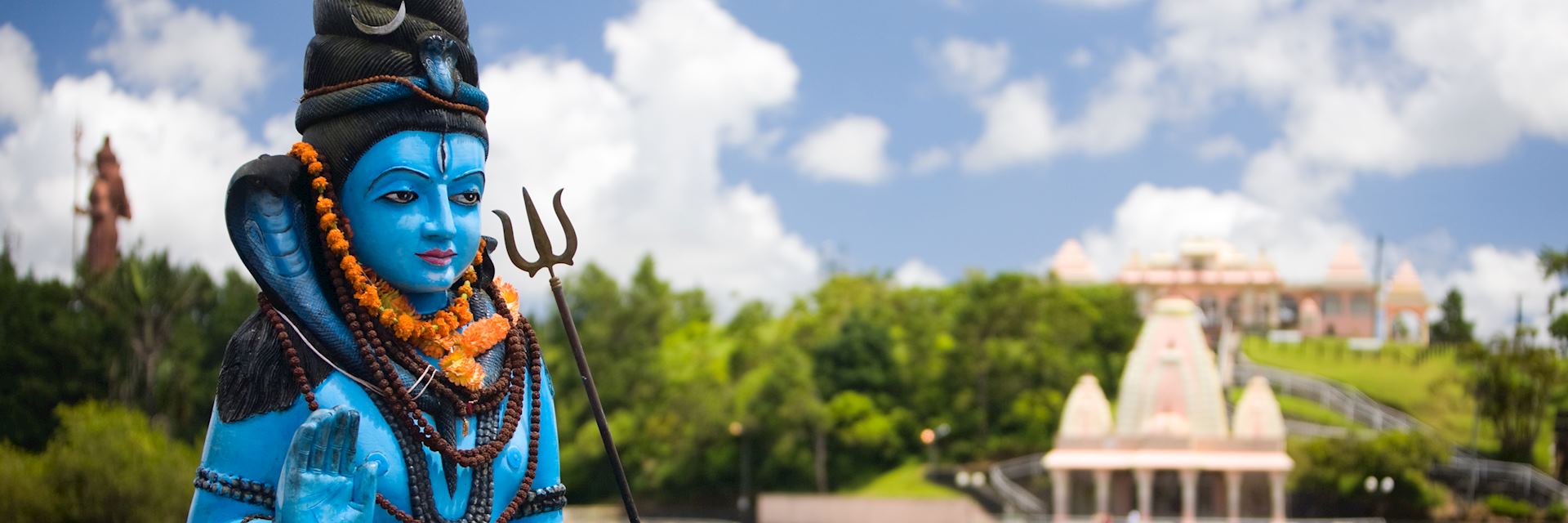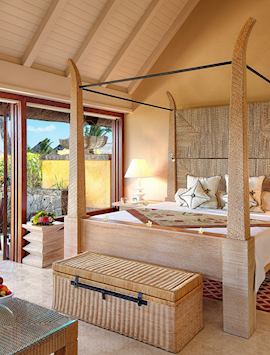By Mauritius specialist Daniel
Days by the pool or on the beach… is time spent in Mauritius a matter of two choices? The answer is, not necessarily. During one day in Mauritius, you could learn to make samosas and walk the banks of a sacred lake as a Bhangra beat plays as part of an Indian heritage tour. The next, you might be tasting homemade rum with a Creole family. Then there are the ebony-clad rooms of French-colonial houses and tea plantations to tour.
Mauritius’s multiculturalism lends itself to a range of experiences within one small island. I’ve picked out some of the best, which you can reach from almost any hotel. Because there’s a big difference between the restaurant-lined bays to the north, the quiet coves of the east and the mountainous green of the south, I suggest sharing your time between a couple of hotels to see the best of Mauritius.
Traditional Creole cooking class
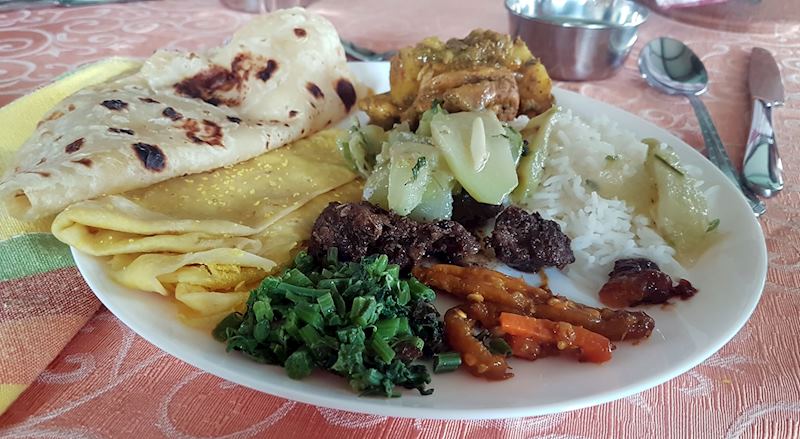
Leaving the bright sunshine of the coast for the cloudy Midlands — a town, funnily enough, in central Mauritius — had seemed like a bad idea. But, walking into Marie Michelle’s home, I felt like I was visiting a long-lost friend. Marie Michelle and her close friend Bridgitte are two ‘young grandmothers’ (their own words) who run introductions to Mauritian Creole cuisine from an open-air traditional kitchen.
You’re quickly set to work on her mama baba, a small, tubular volcanic stone (the baba) that you use to grind spices onto a larger volcanic stone (the mama). Under Marie Michelle’s gentle tutelage, you can have a go at cooking on her wood-burning stove, stoked by blowing through a bamboo tube.
As many of the dishes involve lengthy preparation, Marie Michelle will have done much of the work before you arrive. But, I helped to stir a chicken curry while Marie Michelle finished preparing a wild boar curry, which had been marinating for a day.
Afterwards, you’ll sit down together to dig into the array of dishes, spread across a floral tablecloth. The curries were served alongside piles of rice, faratha (a flatbread inspired by Indian roti) and sousou, a wrinkly pear-like fruit that tastes like a squash.
Lunch over, Marie Michelle fetched out some of her homemade lemon rum, which she’d been incubating for nine months — like a baby, she grinned. We sipped it as the afternoon ticked by, and I left clutching notes for her winter rum recipe, a combination of ginger and muscovado sugar.
Indian heritage tour
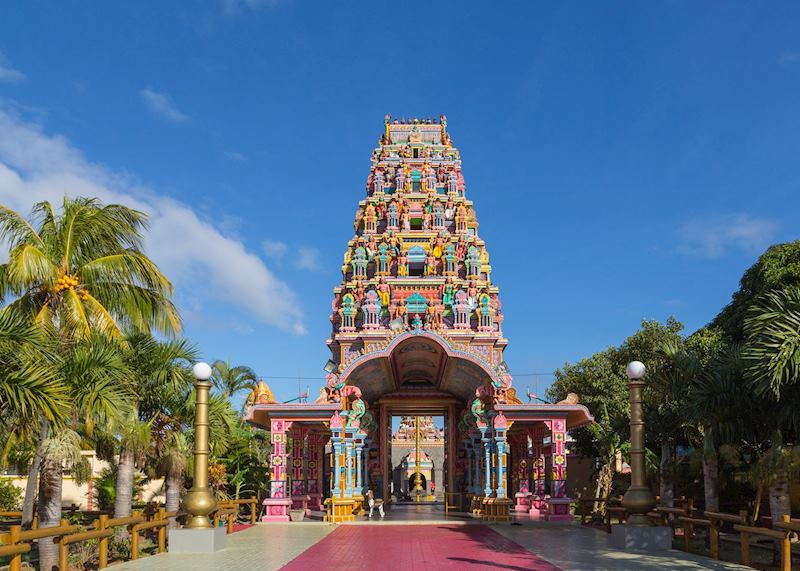
More than half the residents in Mauritius are of Indian heritage, eclectically reflected in the temples, samosa stalls and statues of Shiva scattered across the island. Starting in the town of Phoenix, you can take a guided tour to delve into this culture.
You first visit the home of Seetanah, a tiny, quiet woman whose samosas are revered across the island. From rolling out the dough to folding it with origami precision, you’ll try your hand at the fine art of samosa making. The basic ingredients are similar to Indian samosas, but there’s a little twist — an added square of cheese.
Heading next to the capital, Port Louis, you can visit the UNESCO World Heritage Site, Aapravasi Ghat. Built in 1849, the ghat is the remains of the immigration depot where indentured workers first arrived on the island. Little is left of the ghat itself, but the attached museum presents a series of maps, relics and photographs in a modern exhibition that a major museum would be proud of.
You’ll then continue on to Grand Bassin Lake. You can’t miss it, thanks to the giant statues (the largest outside India) of Shiva and his wife, Durga, which stand sentinel along the roadside.
Walking along the lakeside, you’ll hear Bhangra beats pulse from the white-domed Shiva temple and see families performing puja (worship) at the water’s edge by breaking coconuts and lighting oil lamps. Step inside the temple doors and you can be blessed by the pundit (priest) — although the vermilion powder used to mark your forehead can stain, so consider giving this a miss if you have pale skin.
The Mauritian tea route
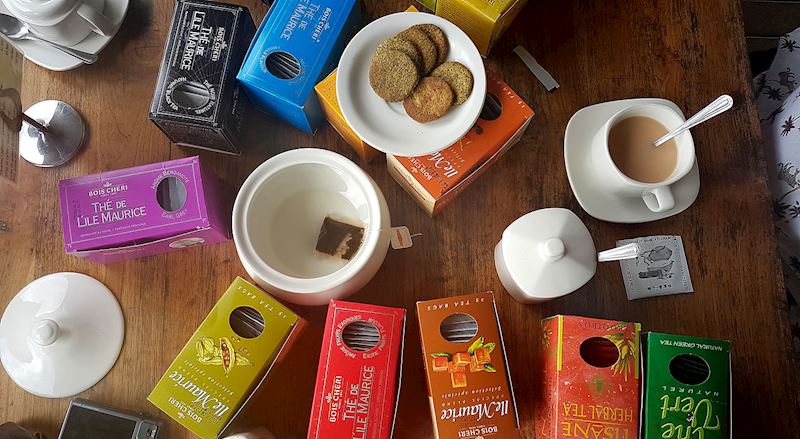
While hotels serve French-press coffee, the majority of Mauritians drink tea. Many of Mauritius’s Indian settlers arrived to work on the island’s tea plantations, which fit around the sugarcane fields across the south and central regions. A number of plantations will show you around, including Le Domaine de Bois Cheri, which still has a working tea factory.
You can also visit the domaine’s museum, which narrates the history of the tea industry across the island. A giant poster extols the virtues of drinking tea (ranging from fighting bad breath to extending your life expectancy). You’re then taken on a guided tour of the factory, where you can see the production cycle, from leaf to bag.
The restaurant’s lunch menu manages to infuse every course with local produce, from a tea-leaf chutney to chicken marinated in vanilla. To finish, you can sample a range of Bois Cheri brews, including black vanilla tea (the go-to brew across the island), and coconut and cardamom infusions.
Château de Labourdonnais
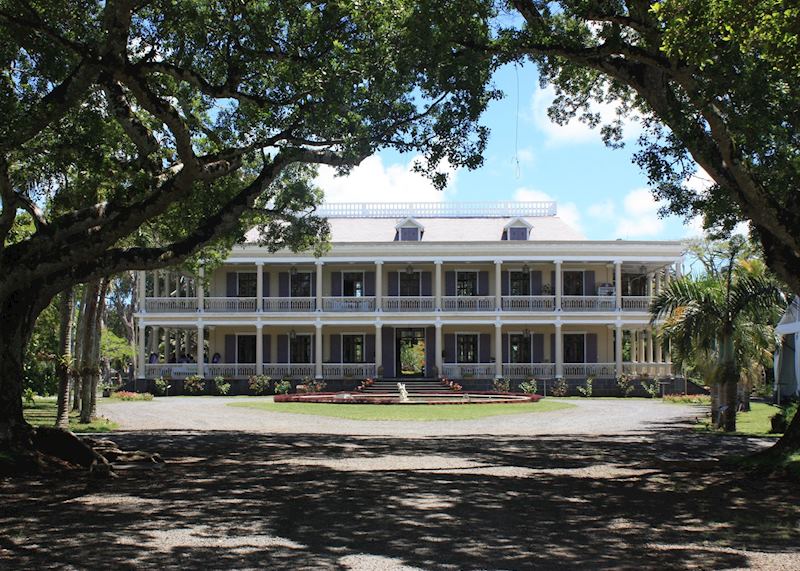
The breadth of Mauritius’s colonial legacy keeps surprising me. Despite the Dutch first colonising, and the British ruling until 1968, Mauritius feels very French (even though they held power for less than a century). Multilingual Mauritians prefer to speak French to English (as well as speaking Hindu, Creole, Urdu, Tamil or Chinese), and much of the island’s architecture has French influences.
Many original colonial homes haven’t survived the island’s harsh cyclone seasons, but Château de Labourdonnais, a lemon-yellow neoclassical mansion with white, balustraded balconies, has been restored to its former glory. The approach is along a tunnel of banyan trees, which lends the estate an air of southern-state America.
You’re led through the house by a guide, who’ll explain its origins and family history. Much of the furniture is original — imports from France, Madagascar and South Africa — and the flooring and wallpapers faithful replicas. But, the hand-painted, deer-frolicking panorama of the French countryside that wraps around the dining room walls is period decoration, and a film details how a global team of artists painstakingly restored it.
You also have the chance to try the estate’s rum. Rum tasting crops up across the island, but notably here the rums are paired with fruit pastes (traditional French sweets) made using fruits from the estate’s garden.
Pamplemousses Botanical Gardens
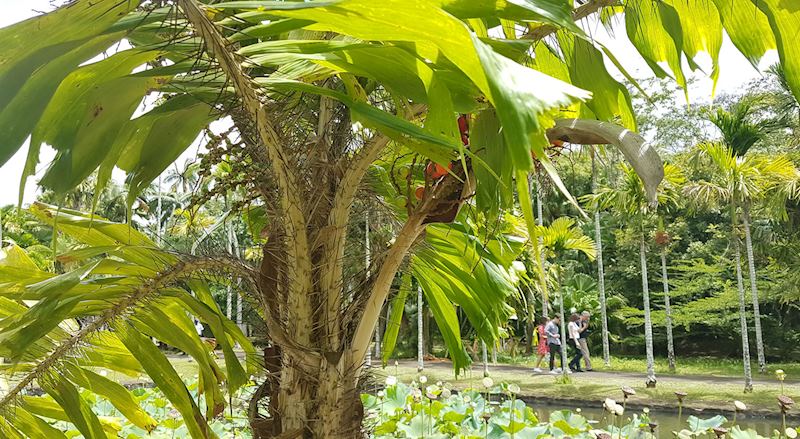
I’d bet that few visitors to Mauritius leave out the botanical gardens (which are officially named Sir Seewoosagur Ramgoolam Botanical Gardens, but it has proved a little wordy to stick). Most hotels offer a tour or transport to this lauded Mauritian sight, and guidebooks dedicate pages to the best walking route.
With so much preamble, it can initially be a little underwhelming when you finally get there. More arboretum than botanic garden, the collection is almost exclusively trees. But, my guide, Leticia, was quick to usher me under the boughs of a Californian redwood. ‘Look at their cute, fluffy bellies,’ she said, pointing upwards.
Hanging there were hundreds of Mauritian flying foxes, a giant endemic bat that does indeed have a particularly fleecy, ginger body.
Leticia then led me to Cuban cypresses, Australian acacias and a baby baobab — which was only 200 years old. Each species has its own story, including the giant bamboo that grows so quickly it became a torture device in China (for methods best left to the imagination).
Leticia was well versed in the plants’ scientific names, but, often, the common names were more illuminating. The ‘bleeding tree’ oozed red sap, and the cannonball and sausage trees were named after their peculiar-looking fruit.
The gardens boast one of the most important collections of palms in the world, including the bottle palm from nearby Round Island, once used to make drums (and to hide alcohol). And, just outside the garden’s white gates, stands one of the oldest volcanic-rock churches in Mauritius.
After your guided tour, I suggest visiting nearby L'Aventure du Sucre (or ‘Sugar World’, as Mauritians like to call it). This former sugar factory has been preserved in all its shiny-cogs-and-gears glory, and is accompanied by an extensive series of exhibits, films and relics that explain the history of sugar production on the island.
The Chamarel District
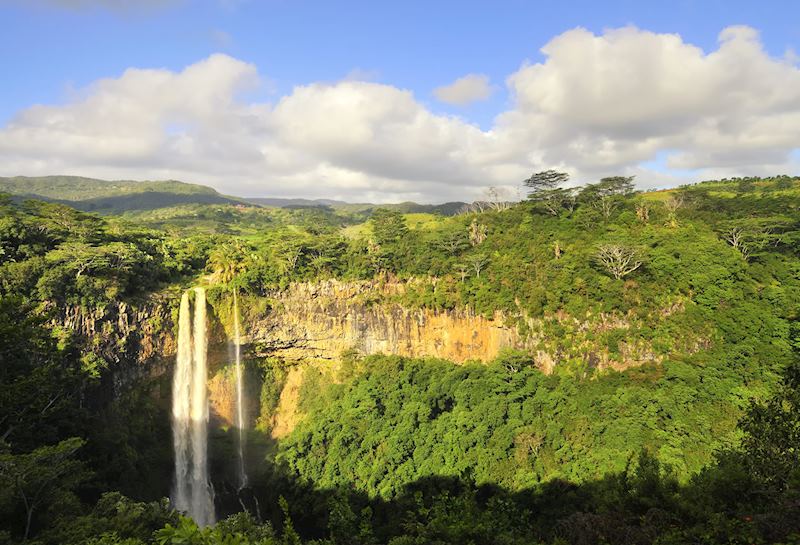
Named after the Frenchman Charles Antoine de Chazal de Chamarel, this green pocket of fertile land in the south of Mauritius nudges the edge of Black River Gorges National Park. Many Mauritians I’ve met enthuse that this is the best part of the island. With its thick ebony forests covering deep mountain gorges, I can see why.
The sights arrange themselves neatly for a driving tour (although, be prepared for the affectionately nicknamed Anaconda Street and its 55 bends).
The posterchild of the region is the Seven Coloured Earths, a tennis-court-sized patch of sandy earth which, thanks to volcanic compounds in the soil, has settled in layers of different shades. From the viewing platform you can peer out across the crumpled landscape, which resembles a huddle of sleeping elephants.
At 83 m (272 ft) tall, the nearby Chamarel Waterfalls are the height of the Statue of Liberty, and pound over an overhanging cliff into the jungle below. From the platform on the opposite side of the gorge, the panorama looks like a film set. For even better views, you can climb a set of steps that lead through the jungle to the falls’ side.
There are multiple options for hiking through Black River Gorges National Park. But, if you’re just exploring the area in a day, you can cheat and drive to Gorges Viewpoint. Here, you’re at the head of one of the longest ravines. Below, you can see right down the gorge, which is so thick with trees you can’t see the ground beneath. I spotted a white-tailed tropicbird flying between boughs, bright against the dark greenery.
You can also visit the Rhumerie de Chamarel rum distillery and tour its beautifully polished apparatus. You’ve the chance to try the rums — all ten varieties, as well as four infused liquors.
Read more about trips to Mauritius
-
![Lakaz Chamarel, Mauritius West Coast]()
-
![The sea is turquoise in Mauritius]()
-
![Luxury Pavilion, The Oberoi Mauritius, Mauritius]()
The Oberoi Mauritius & Sabi Sabi Private Game Reserve South Africa
Mauritius and South AfricaView this tour
Start thinking about your experience. These itineraries are simply suggestions for how you could enjoy some of the same experiences as our specialists. They’re just for inspiration, because your trip will be created around your particular tastes.
View All Tours in Mauritius
